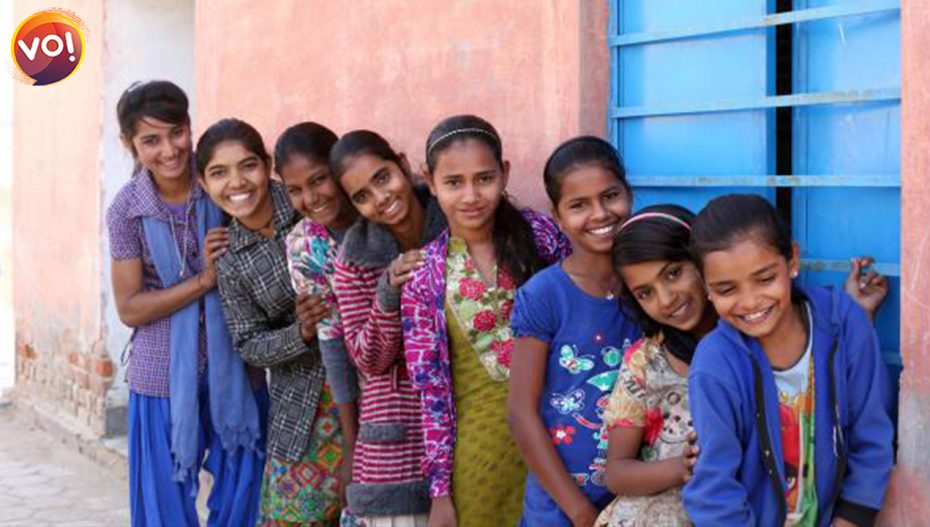Not just children, but even adolescents, are underweight in Gujarat. Continuous monitoring of ICDS (Integrated Child Development Scheme) data revealed that 51 percent of the girls examined in the 11-19 years age group had a low body mass index (BMI), i.e., they weighed less than optimal.
According to the National Family Health Survey 5 (NFHS), Gujarat ranks second only to Bihar in terms of underweight children aged 0 to 5 years.
Since 2021, the IIPH Gandhinagar (IIPH – G) has been the monitoring agency for ICDS implementation in Gujarat. Data from anganwadis and other implementing agencies, according to experts, also illustrate the extent of malnutrition in the state. The first year of evaluation (2021-22) encompassed 14,827 anganwadis, accounting for almost one-third of the state’s total anganwadis, with around 68,000 beneficiaries.
Somen Saha, associate professor at IIPH – G and coordinator of the State Resource Centre for Concurrent Monitoring of ICDS in Gujarat, stated that the overall study indicates serious difficulties in sections of the state that should be addressed on a priority basis.
“An escalated Poshan Abhiyaan- like targeted intervention in selected talukas within high priority districts can lift the state out of the grip of malnutrition,” he added. “We frequently overlook the critical significance that girls’ nutrition plays in the overall mission. As the milk capital of India, we must work with milk federations and include medical practitioners in the effort.”
According to Saha, girls usually get the shorter end of the stick. “For starters, the enrollment of girls in schools declines after a certain point. As a result, they are not eligible for the midday meal programmes. Parents are often unconcerned with girls’ malnutrition, and there are no routine health check-ups. We frequently focus on pregnant women and newborns, but it is also necessary to build the foundation by making girls the focal point of the initiative,” he said.
Read Also: Surat Airport Gearing up For Makeover Worth Rs 353 Crore












